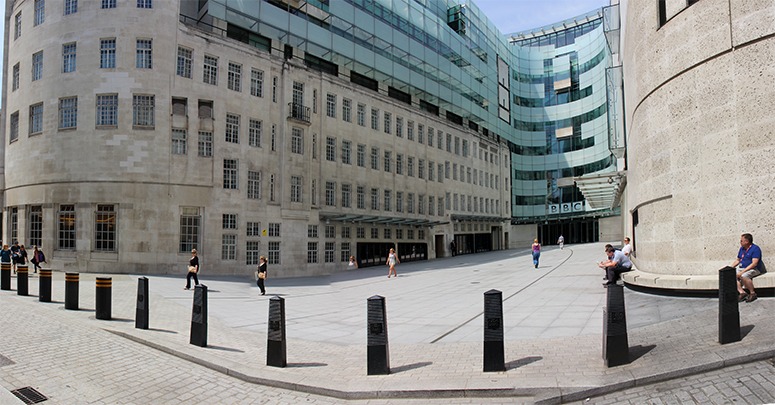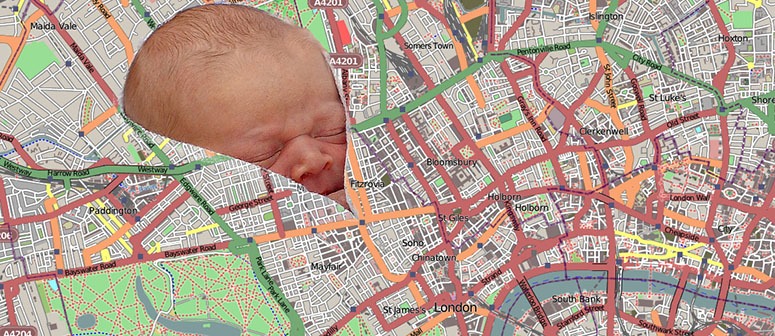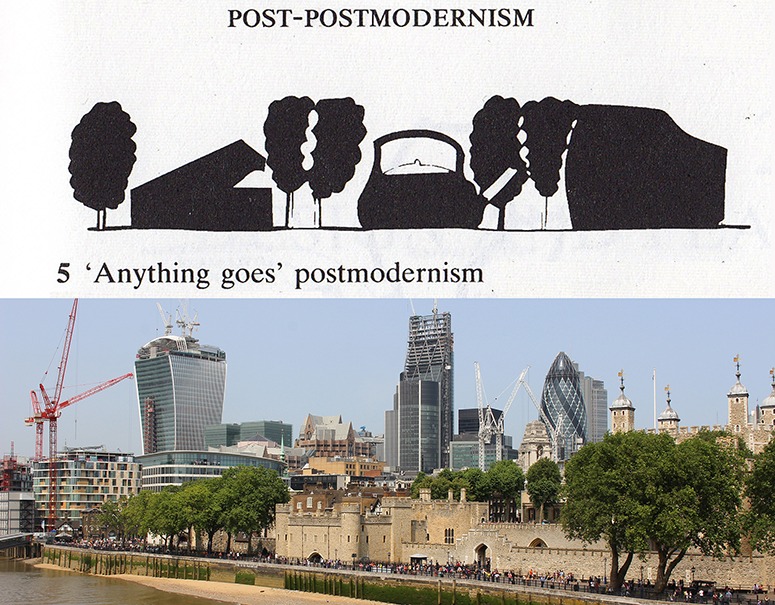The excellent PPS.org website has a list of the World’s Best and Worst Public Parks. There are 24 parks on the list and I have visited only 15 of them. One could have a long discussion about which is THE BEST so I have added the word INFLUENTIAL to the title of this post. With this qualification, there can only be one answer: St James’s Park in London. My argument is presented in the above video: St James’s Park influenced the planning of greenspace park open space systems for Adelaide, Paris, New York, Boston, London, Moscow and a host of other cities. With regard to ‘linkage’, London’s open space system was influenced by Le Notre’s north-west projection of the axis of the Tuileries Gardens. So my vote might have gone to the Tuileries – but it is the ‘Tuileries Garden‘. And, as the video makes abundantly clear, the pelicans agree with me. Who can argue with a pelican? After all, ‘What do a vulture, a pelican and a taxman have in common? Big bills!’
The PPS.org comment on St James’s Park is as follows: This wonderful park is a spiritual place, and far and away the best park in the heart of London… It sits between Buckingham Palace and Whitehall with great views to either side. It is spiritual place, and far and away the best park in the heart of London. Its only real rival is Queen Mary’s Gardens, which has many similar qualities, but is buried deep in Regent’s Park. Personally, I do not see Queen Mary’s Gardens as being either the same type of space or half as good as St James’s Park. But we could do with a reliable assessment system for the quality of Public Open Space POS.
Author Archives: Tom Turner
Is King George VII an auspicious name for urban design and open space planning?
Would a future queen have been better for the urban landscape?
Gardenvisit.com welcomes the Royal Babe. Hurrah boys, hurrah!
The boys are due a turn on Britain’s throne but would a royal girl have been better for the urban landscape? The two Elizabeths and Victoria did very well and I hope no one will claim superiority for one or other sex. But they have different talents – and were not much interested in landscape design.
At Sissinghurst, though both owners were gay, the man did more on the layout and the woman did more on the details. If these are general characteristics, what does London’s greenway system need most (though it obviously needs both)? I think what it needs is common sense and practicality. The design exists and is taking shape but it has been dogged by dumb ideas – like Abercrombie’s idea of treating the links between parks as ‘green corridors’ and Boris Johnson’s idea of getting a cycle system on the cheap by painting lines on roads. With regard to bicycle transport planning what London needs is profound good sense eg (1) create cycle routes through most parks (2) make very many of the paved sidewalks beside roads into shared pedestrian-cycle paths (3) invest money in cycle planning on a scale which is proportionate to the capital invested in other transport modes – and keep on increasing the expenditure as cycle transport expands. This policy would result in an enormous increase in expenditure on cycle facilities – which would result in homengous increase in commuter and leisure cycling. I hope nobody will want to put my neck on a block for saying it, but I think London would be more likely to adopt these policies under female patronage. But there is hope: I think cycle planning would have appealed to Diana more than to Charles and I think the spirit of Diana, in the person of William, is second in line to the throne. So if King Billy the Fifth does this job then we may well be in need of more strategic planning by the time his son takes over. I therefore recommend Henry for the babe’s first name – remembering that Henry VIII was London’s greatest open space planner, even if it was done for personal reasons, it is time for a Henry IX. All this, of course, is from the standpoint of London open space planning. Perhaps the ‘best of all’ option would be a Gay King Henry – though I can imagine this not being too popular in some parts of the Commonwealth.
The landscape architecture of the BBC Plaza in Portland Place

http://www.guardian.co.uk/commentisfree/2013/jul/02/rein-top-pay-mps-poor-furious Simon Jenkins
Most of us puzzle about how the BBC spends its money but a former editor of The Times (Simon Jenkins) explains the process in easy terms: You are sitting with some friends round a table on which is stashed £60m. It comes from a poll tax on television sets, free of Treasury control, and you can do with it what you like. You can use it for better television programmes, give it to low-paid staff or even return it to the taxpayer. No one will know, except a bunch of toothless trustees. So you smile nervously at one another, reach forward and pocket as much loot as you can grab. With this guidance we can imagine how the BBC Plaza on Portland Place came to take its shape:
BBC Boss Will the planners buy MJP’s design for the building?
Majordomo Yeah. MJP say we shouldn’t have any problems. The design is a re-conceptualised post-transmogrification of the 1928 Val Myer and McGrath design. It plays on the neo-classicism of Nash’s All Soul’s Church and the Art Deco of Broadcasting House.
BBC Boss OK. How about the plaza then?
Majordomo We could have a great landscape design. But it would cost money.
BBC Boss Yeah. Let’s slab it. Then use lettering to advertise all the lucky countries we broadcast to.
Majordomo Yessir. It’ll cost some brass farthings but won’t dent our pension pot.
Luckily, it is not too late to add an installation: a cloud canopy of glass sheets to make an outdoor-indoor space for people and plants. Image inspiration 1 Image inspiration 2
London's postmodern skyline needs a landscape policy
“Take care with whom you joke” was my grandfather’s advice AND I SHOULD HAVE LISTENED TO HIM. I published the above b&w drawing, in a 1998 book City as landscape: a post-Postmodern view of design and planning. The more exciting designs on my diagram were inspired by a TV set and a kettle (and the trees should have been smaller). In 1998, Postmodern architecture was going out of fashion. Every architect wanted to know what the Next Big Thing was going to be. Obviously, this was it. POST-Postmodern was what the architectural world needed. New skylines take a while to plan, design and build. My diagram is now taking shape, beyond the Tower of London, with help from Rogers and Foster. We’ll have to wait a bit for the kettle but the kitchen metaphor has proved highly influential. Rogers’ wife is, of course, a cook. And when I used to walk to work beside one of his first houses (in Wimbledon) I used to watch his parents cleaning their teeth in the office-style uncurtained bathroom window. My photo of the City of London’s emerging skyline shows: the Walkie-Talkie (Rafael Viñoly), the Cheesegrater (Richard Rogers) and the Gherkin (Norman Foster).
The Gherkin was OK when it stood alone. But I do not look foward to The Pepperpot, The Toaster and the Wooden Spoon jostling for attention on London’s waterfront. Are the designs inspired by envy at the way bankers cook their books so brilliantly? Simon Jenkins asks Who let this Gulf on Thames scar London’s Southbank? Mayor Boris and recalled the raw greed evinced at the RIBA: Talking towers with London architects is like talking disarmament with the National Rifle Association. A skyscraper seems every builder’s dream. At a Royal Institute of British Architects seminar on the subject last April, I faced an audience almost entirely of architects who treated any criticism of tall buildings as nothing to do with aesthetics or urban culture but to do with denying them money. They played the man, not the ball, accusing critics of being elitist, reactionary, heritage-obsessed and enemies of architecture.
To the people of the London I can only say that I am ‘Sorry, very, very Sorry’. I should have kept my diagram in a sealed cabinet.
Note: architects have made London’s skyline what it is, for good and ill. My criticism is that they are reluctant to work together for the public good. In design, it is every man and woman for himself or herself. It is not, primarily, a matter of ‘preserving’ the old skyline, except in certain places, and Rem Koolhaas speaks with wisdom on this point: London has always changed dramatically and it is still not a dramatic city… Drama is not what architecture is about but on the other hand I do not see it has dangers for London.
We welcome the Royal Baby and hope London's Greenway Network will have a King Queen Champion
What are kings and queens for in the 21st century? I don’t know, but opening hospitals and attending state funerals does not seem ALL THAT useful. Gardenvisit.com is therefore putting in a pre-natal plea for the Royal Baby to become a patron of London’s Greenway Network. Princess Di used to run incognito in Kensington Gardens and I wished at the time that she had laid the foundation for a Scandinavian-style Cycling Monarchy. It would be wonderful if her first grandchild could lead London, as Henry VIII and Charles II did, in the creation of a London Greenway Network. It should provide for green transport and green recreation throughout London. Though welcome, Boris Johnson’s cycleways are not places of pleasure. London needs greenways fit for kings and queens and royal babes.


